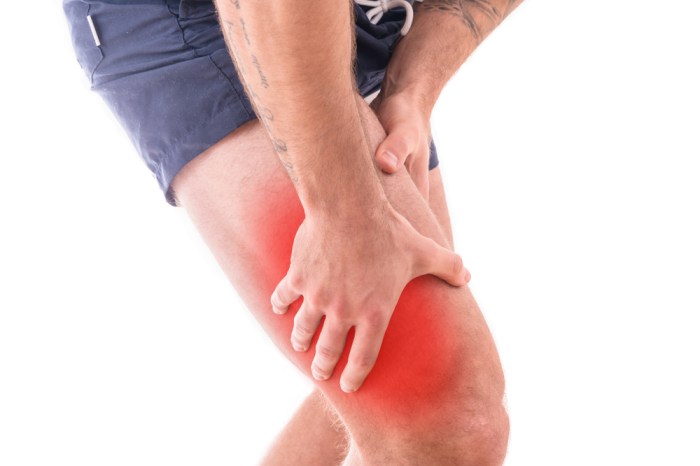The process of clarifying murky liquids through straining techniques is a fundamental skill in various scientific and industrial applications. By understanding the principles and methods involved in turn a murky liquid clear by straining items out, individuals can effectively remove suspended particles and impurities, resulting in a clear and purified liquid.
This comprehensive guide delves into the materials, methods, factors affecting clarity, applications, and troubleshooting associated with straining techniques. Whether you’re a researcher, industry professional, or simply seeking to improve your home filtration practices, this guide provides the knowledge and insights necessary to achieve optimal liquid clarification.
Straining Techniques for Clarifying Murky Liquids: Turn A Murky Liquid Clear By Straining Items Out

Straining is a fundamental technique used to remove suspended particles from a liquid, resulting in a clearer and purified solution. Various materials and methods can be employed for straining, each with its own characteristics and applications.
Materials, Turn a murky liquid clear by straining items out
- Filter Paper:Composed of cellulose fibers, filter paper is available in different grades with varying pore sizes. It is commonly used in gravity filtration and vacuum filtration due to its high efficiency and particle retention capabilities.
- Cheesecloth:A loosely woven cotton fabric, cheesecloth is suitable for straining larger particles. It is often used in the food industry to filter out solids from liquids, such as in cheesemaking.
- Coffee Filters:Made from paper or fabric, coffee filters are designed to trap coffee grounds. They can also be used for straining other liquids, offering a convenient and disposable option.
Methods
- Gravity Filtration:In gravity filtration, the liquid is poured through a filter paper or cheesecloth placed in a funnel. The force of gravity pulls the liquid through the filter, leaving behind the suspended particles.
- Vacuum Filtration:Vacuum filtration utilizes a vacuum to draw the liquid through the filter. This method is more efficient than gravity filtration and can be used to filter larger volumes of liquid.
- Centrifugation:Centrifugation is a technique that separates particles based on their density. The liquid is placed in a centrifuge and spun at high speeds, causing the denser particles to settle at the bottom. The clear liquid can then be decanted or pipetted off.
Factors Affecting Clarity
The clarity of the strained liquid can be influenced by several factors:
- Particle Size:Smaller particles are more difficult to filter out, as they can pass through the pores of the filter paper.
- Liquid Viscosity:Thicker liquids flow more slowly through the filter, which can reduce the efficiency of the straining process.
- Filter Pore Size:The pore size of the filter paper determines the size of particles that can be trapped. Smaller pore sizes result in clearer liquids.
Applications
Straining techniques have wide-ranging applications in various industries:
- Food and Beverage:Straining is used to clarify juices, wines, and other beverages. It can also remove impurities from dairy products and sauces.
- Pharmaceutical:Straining is essential in the production of pharmaceuticals, where it is used to remove bacteria, viruses, and other contaminants from solutions.
- Chemical:Straining is used to purify chemicals, remove solids from solvents, and separate different components of a mixture.
Troubleshooting
| Problem | Solution |
|---|---|
| Filter Clogging | Use a filter with a larger pore size or increase the surface area of the filter paper. |
| Slow Filtration | Use a vacuum filtration setup or decrease the viscosity of the liquid. |
| Incomplete Clarification | Use a filter with a smaller pore size or centrifuge the liquid. |
FAQ Summary
What are the key factors that affect the clarity of a strained liquid?
The clarity of a strained liquid is primarily influenced by particle size, liquid viscosity, and filter pore size. Smaller particles, lower liquid viscosity, and smaller filter pores contribute to improved clarity.
What are some common troubleshooting tips for addressing slow filtration during straining?
To resolve slow filtration, consider increasing the filter surface area, reducing the liquid viscosity by heating or using solvents, or replacing the filter with a cleaner one to minimize clogging.

